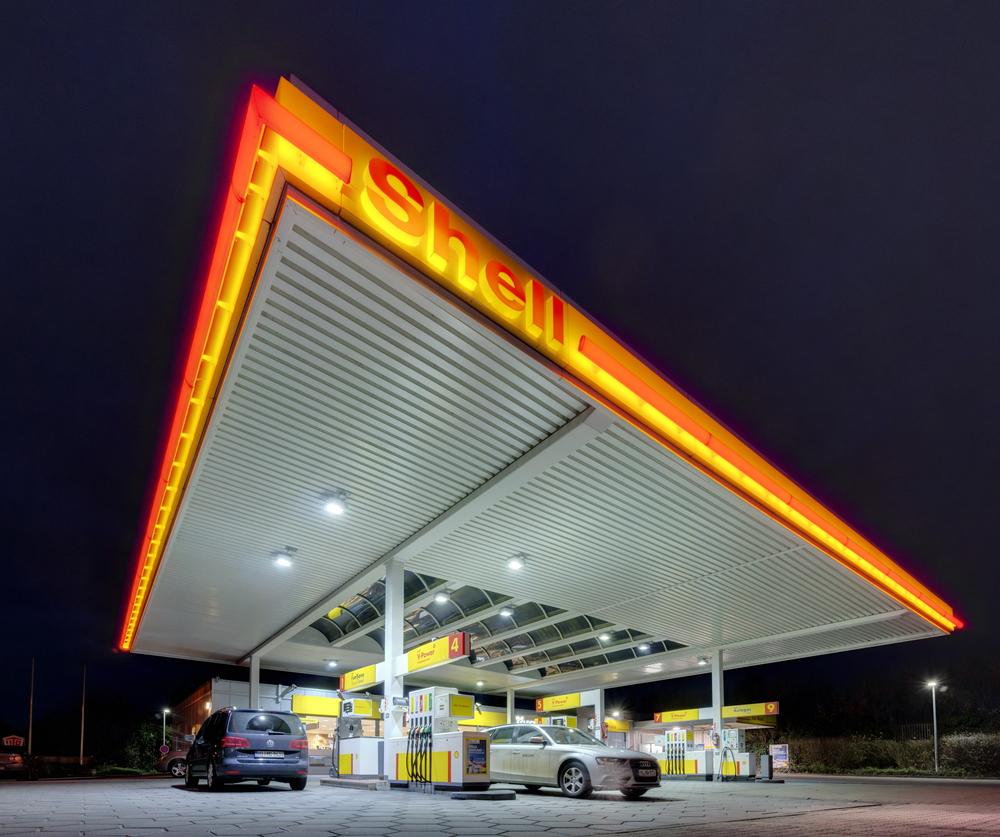Blue-chip oil extraction and refinement company Royal Dutch Shell (LON:RDSB) has long been known as a reliable sit and hold stock, but recently the company has been at the forefront of the Coronavirus-led commodities crash, with its share price falling at a rate not seen since the start of 2015.
Value for money
The company’s shares finished Thursday trading at 1,732.40p per share, down 3.00% or 53.60p 27/02/20 16:35 GMT, and a far cry from the 2,804.00p peak seen on the 18th of May last year.
The company’s shares have spent most of the last decade trading at over 2,000.00p per share, with only one other notable dip, down to 1,351.50p per share on 15 January 2015. What this suggests is that the company’s share decline could have a little way to go before consolidating and/or recovering.
In the grand scheme of things, though, the iron is certainly hot.
The company’s shares have dipped consistently from 2,581.00p a share on the 28th of June 2019, with the current price representing a five-year nadir. What should be apparent though, is that over the last two decades, the company’s price trend clearly illustrates an ability to recover from troughs, with an largely upward direction of travel.
Income not to be scoffed at
On the 30 January, the company announced a fourth quarter (FY19) dividend of US $0.47 a share, level with its dividend paid for the previous quarter.
As stated earlier, Shell should be seen as a sit-tight stock. Despite having a fairly reliable upwards trajectory, its main attraction is its widely-documented income potential.
At present, its dividend yield stands at 8.48%.
This is extremely generous. If we’re looking for a place to tuck our money away and see a healthy income roll in, Shell is among the best equities to do this with. It’s large cap, well-known and regardless of its share price, we know that appealing dividend is being paid into the account every quarter.
Even Shell have had enough of shelling out
At the end of January, Shell posted its most recent set of quarterly results, in which its CEO Ben van Beurden acknowledged a challenging trading environment, and restated the company’s commitment to buying back shares.
“The strength of Shell’s strategy and portfolio has enabled delivery of competitive cash flow performance in 2019 despite challenging macroeconomic conditions in refining and chemicals, as well as lower oil and gas prices. We generated $47 billion in cash flow from operating activities excluding working capital movements and distributed over $25 billion in dividends and share buybacks to our shareholders.”
“We remain committed to prudent capital discipline supported by world-class project delivery and are looking to further strengthen our balance sheet while we continue with share buybacks. Our intention to complete the $25 billion share buyback programme is unchanged, but the pace remains subject to macro conditions and further debt reduction.”
Now, we can infer a few things from its commitment to buyback its shares (which has been backed up by two buybacks of its Class B shares and four buybacks of its Class A shares within the last week), four of which are worth noting.
First, it could perhaps tell us that the company recognises the generosity of its own dividend payments and wants to minimise the ensuing costs. Dividends are a cost of equity, and buying back its own shares could give us an idea that it thinks the short-term cost is preferable to the long-term burden of pay-outs to its shareholders.
Secondly, it also tells us that its the time the company are happy to buy their own shares. Buybacks occur at or around market rate, and thus to initiate a buy-back programme, even blue-chips will tend to opt for time periods where they perceive they’re getting value for money. Ergo, Shell may be telling us they think their own shares are undervalued, and this is the right time to buy.
Third: fewer mouths, more pie. This one is nice and straightforward – fewer shareholders at the table, more earnings for those remaining. A company’s dividend cover – in particular its EPS – will be stretched between fewer shareholders, and thus those who hang tight will see their already generous earnings increase.
Finally, share buybacks usually drive prices up. If the company continues its commitment to buying back its own shares, this could well contribute to the long-term rise in its share price. While this point is perhaps a little less strong than the others put forwards, Shell buying back its own shares could give us confidence in its ambition to maintain long-term share price growth, and at best could even express a desire to turn around the current share price dip.
To wrap up: Shell may or may not have seen the end of its share price dip, but it represents good value in comparison to the prices it has spent the majority of its time frequenting over the last decade. For this reason – and its attractive income – I’d say either now or in the near future, would be a good time to buy into the company. Analysts from Berenberg reiterated their ‘Buy’ stance on the Group’s stock on Monday.

